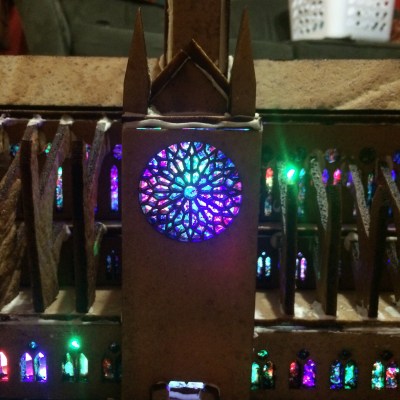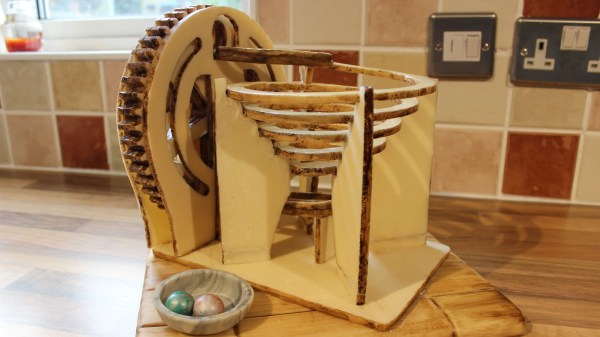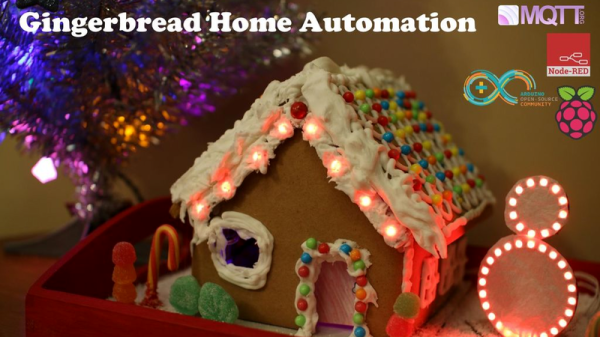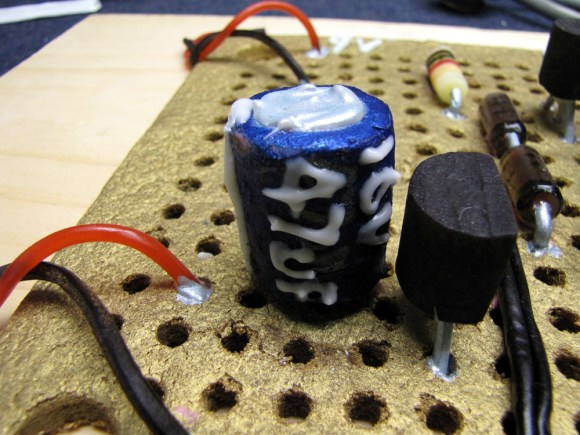If you’ve ever wanted to merge the worlds of holiday cheer and clever geometry, [Kris Wilk]’s gingerbread house hack is your ultimate inspiration. Shared in a mesmerising video, [Wilk] showcases his 2024 entry for his neighborhood’s gingerbread house contest. Designed in FreeCAD and baked to perfection, this is no ordinary holiday treat. His pièce de résistance was a brilliant trompe l’oeil effect, visible only from one carefully calculated angle. Skip to the last twenty seconds of the video to wrap your head around how it actually looks.
[Wilk] used FreeCAD’s hidden true perspective projection function—a rarity in CAD software. This feature allowed him to calculate the perfect forced perspective, essential for crafting the optical illusion. The supporting structures were printed on a Prusa MK4, while the gingerbread itself was baked at home. Precision photography captured the final reveal, adding a professional touch to this homemade masterpiece. [Wilk]’s meticulous process highlights how accessible tools and a sprinkle of curiosity can push creative boundaries.
For those itching to experiment with optical illusions, this bakery battle is only the beginning. Why not build a similar one inside out? Or construct a gingerbread man in the same way? Fire up the oven, bend your mind, and challenge your CAD skills!
Continue reading “An Engineer’s Perspective On Baking Gingerbread Houses”




















